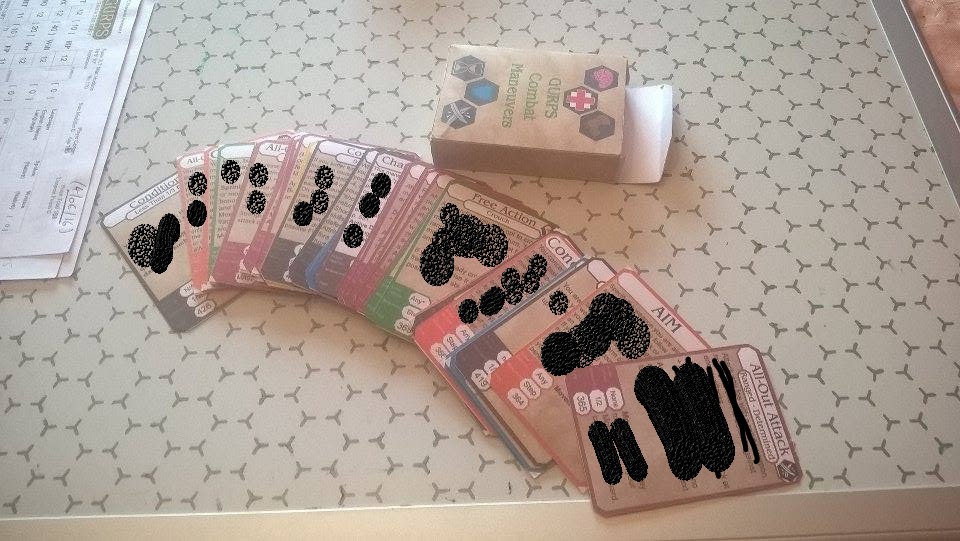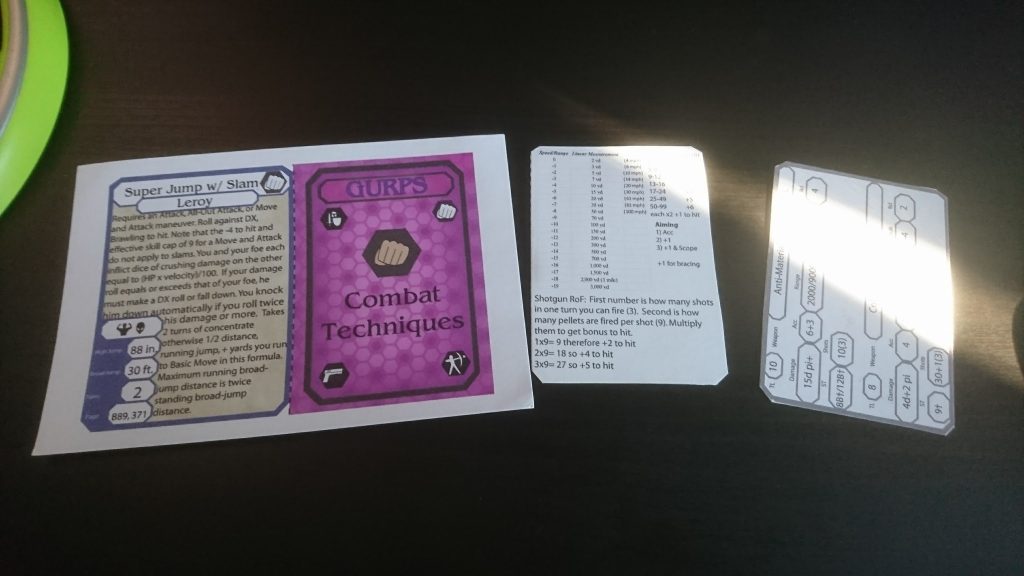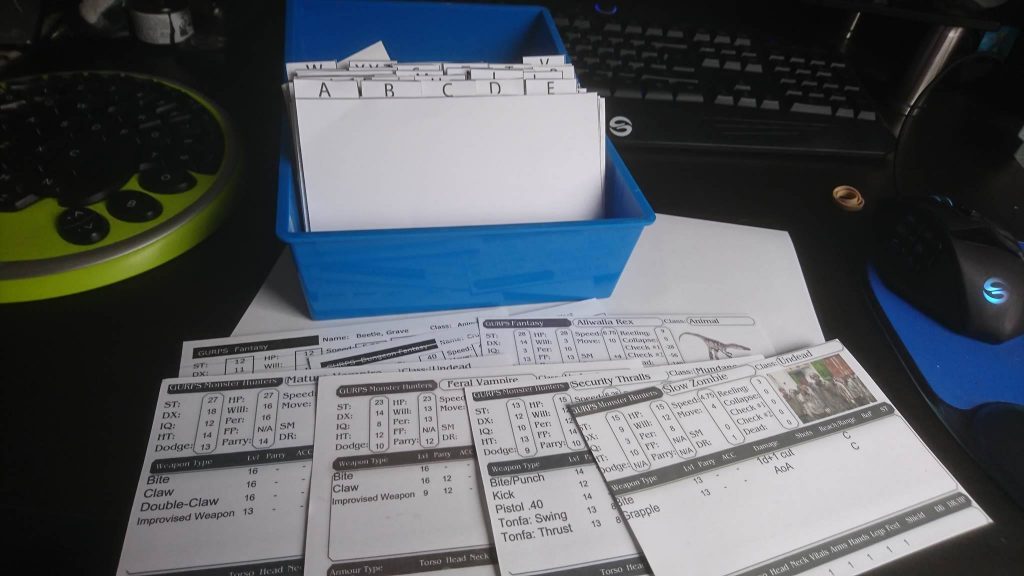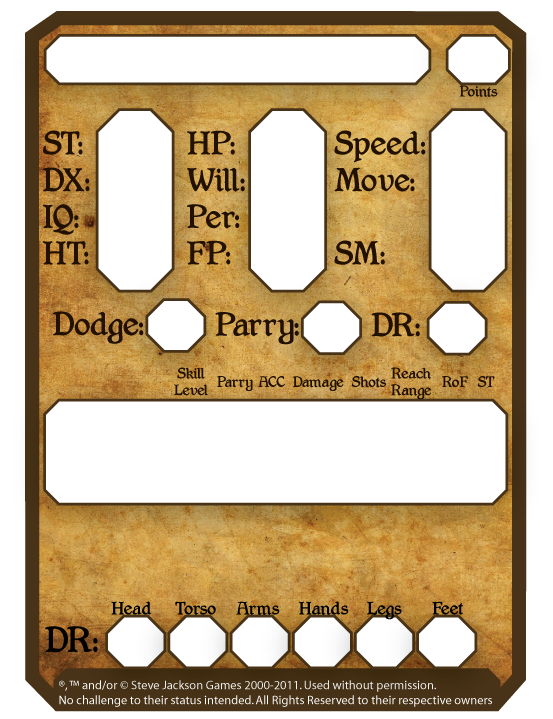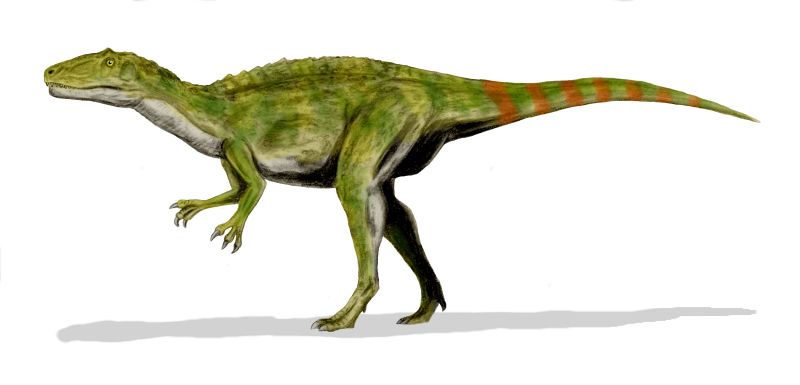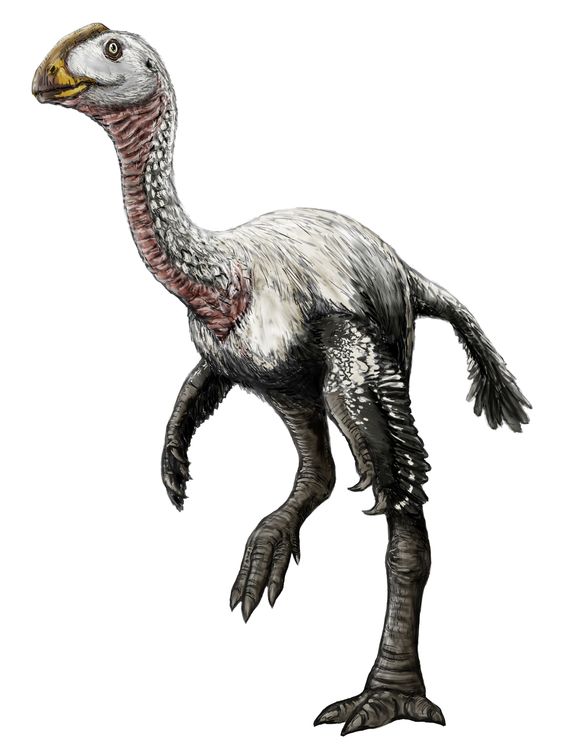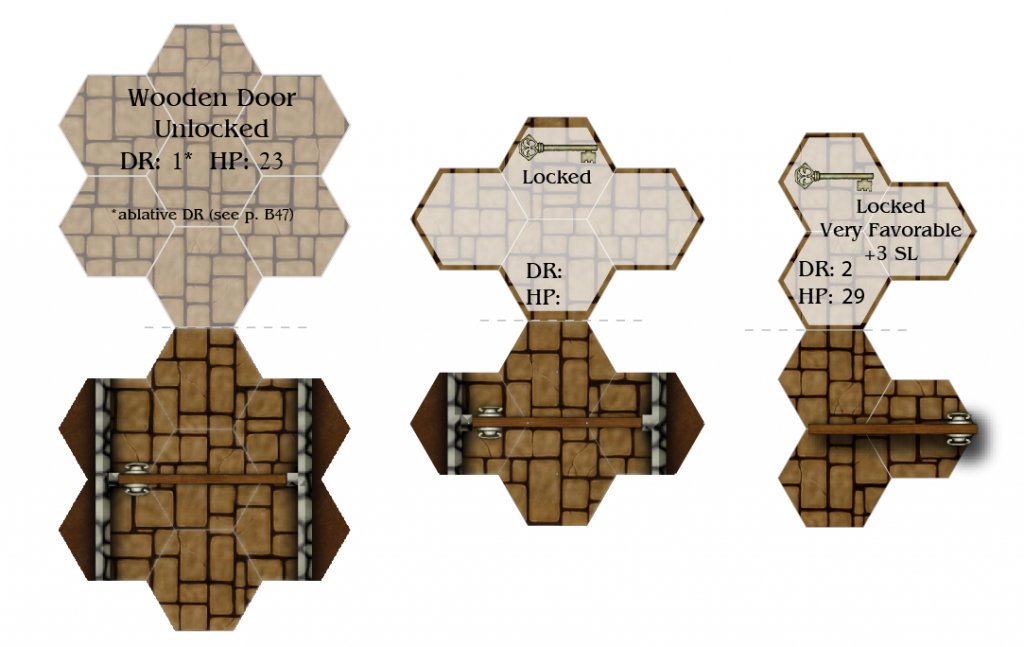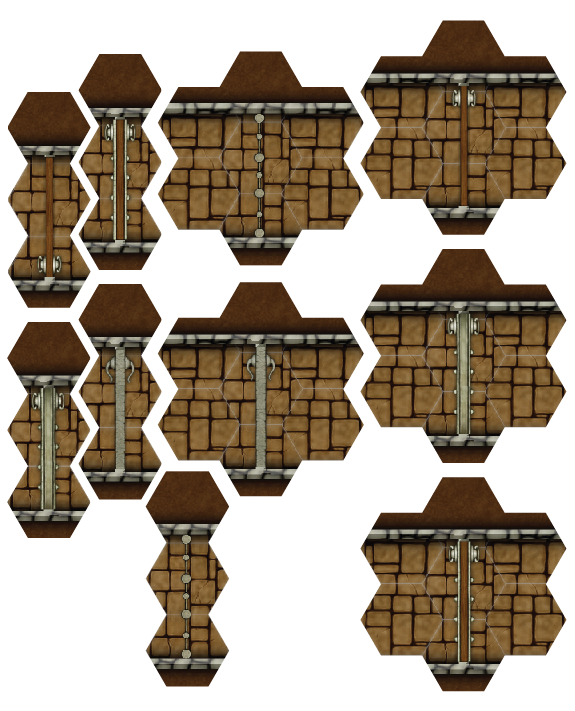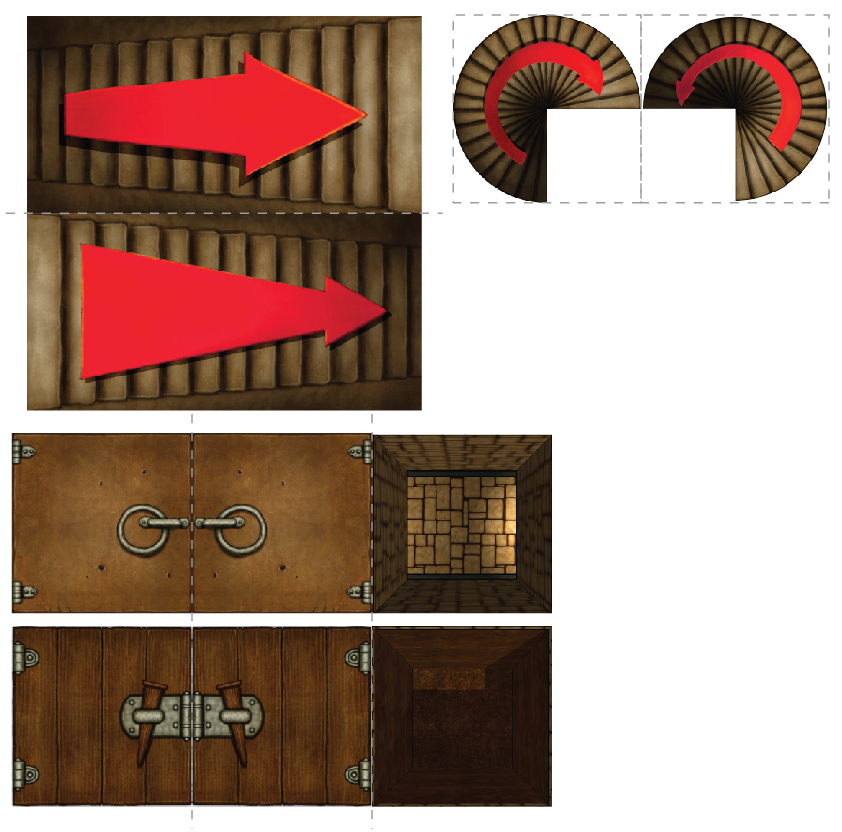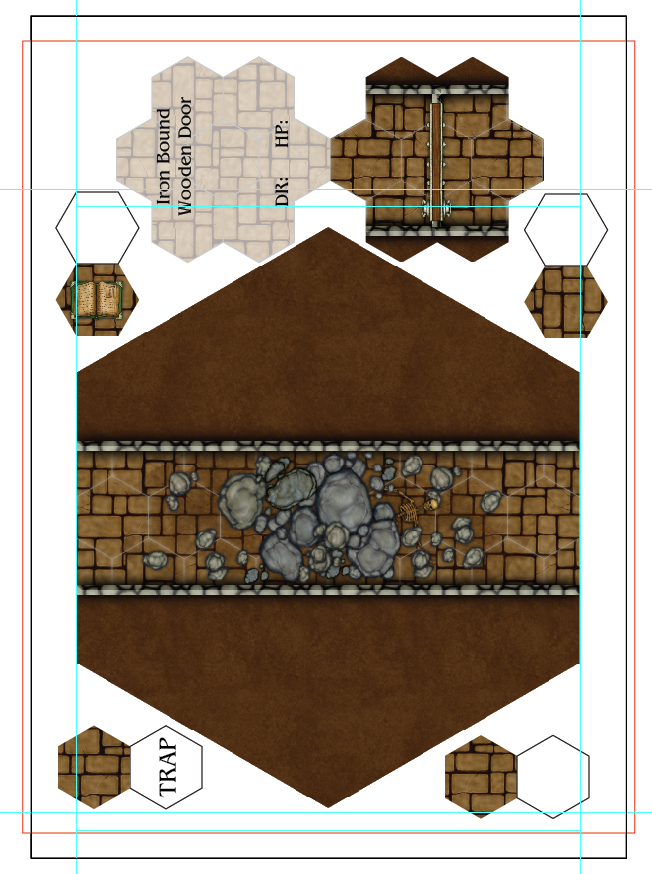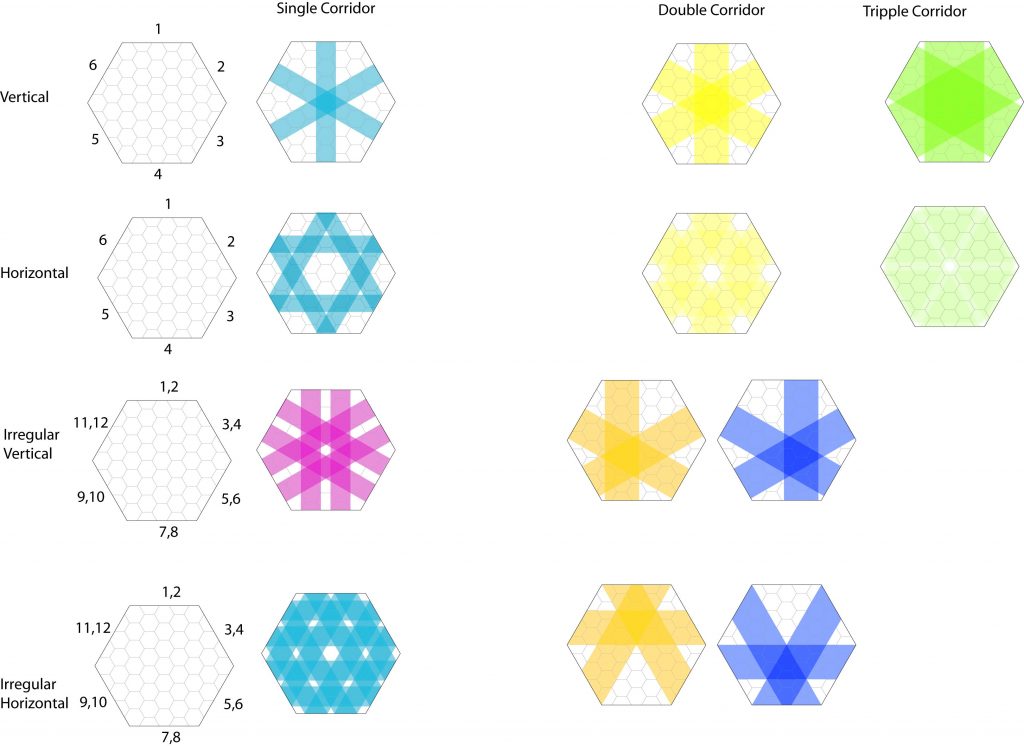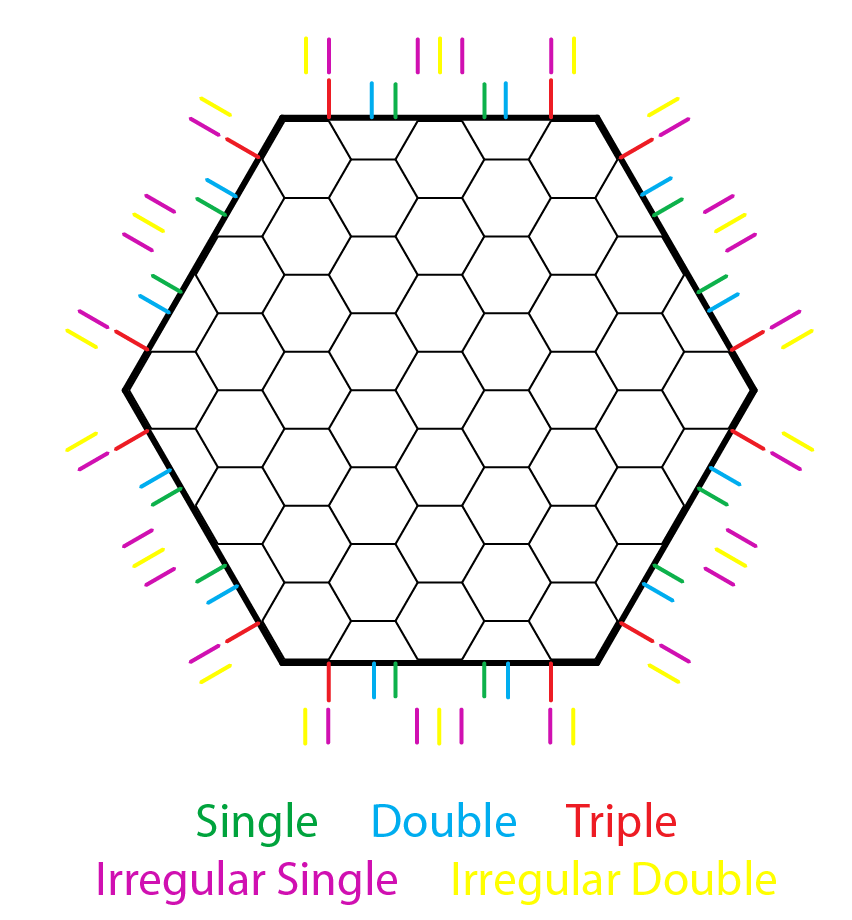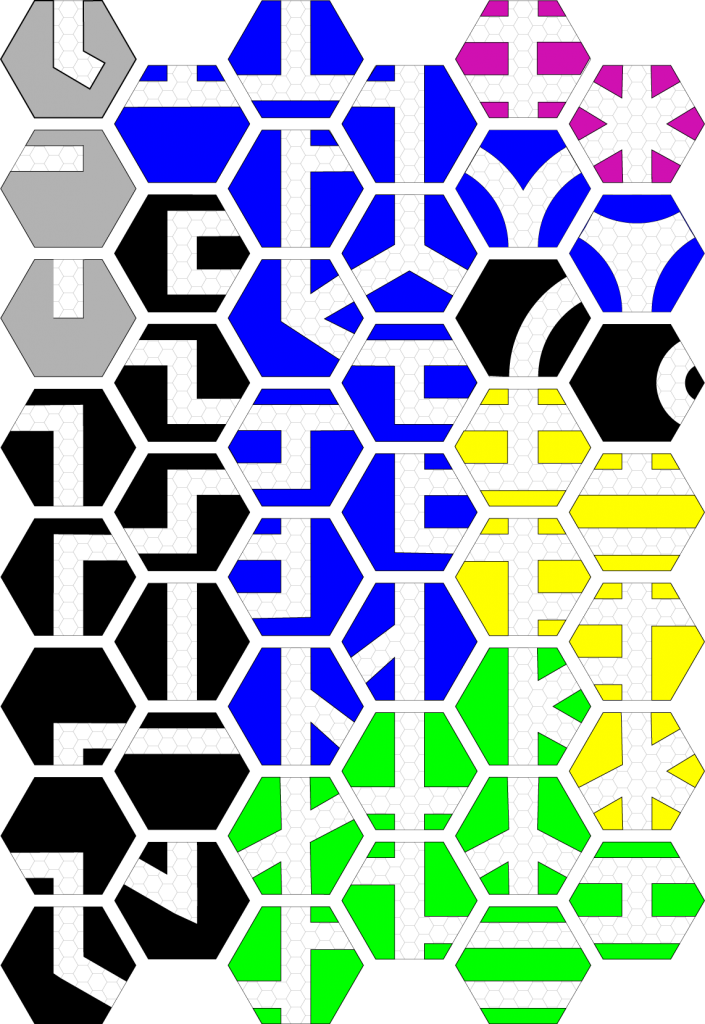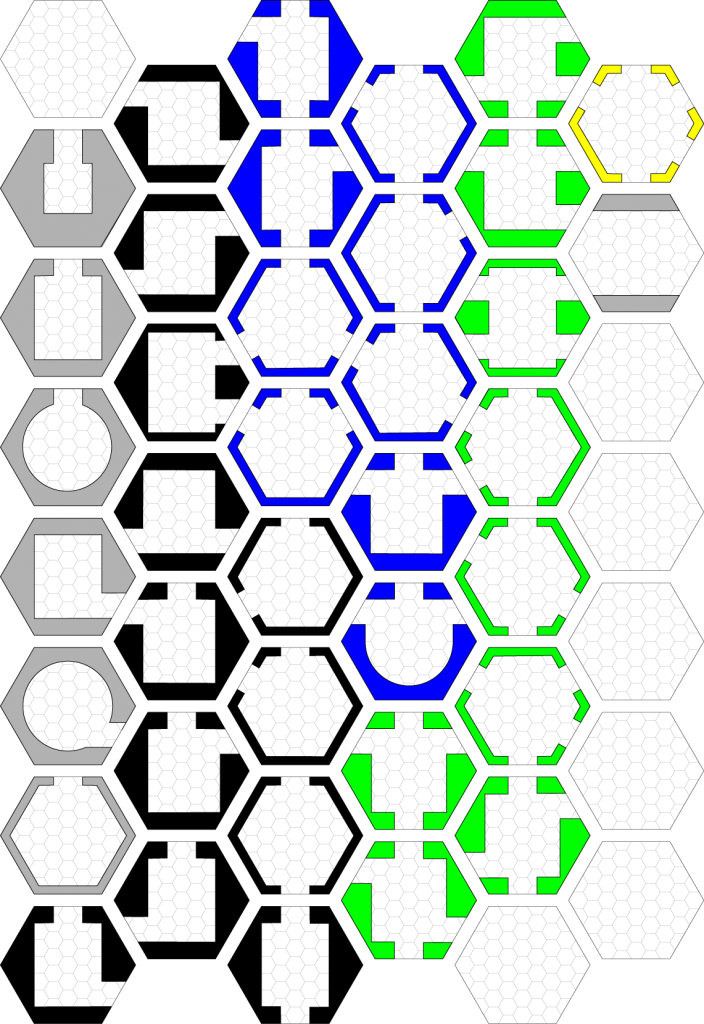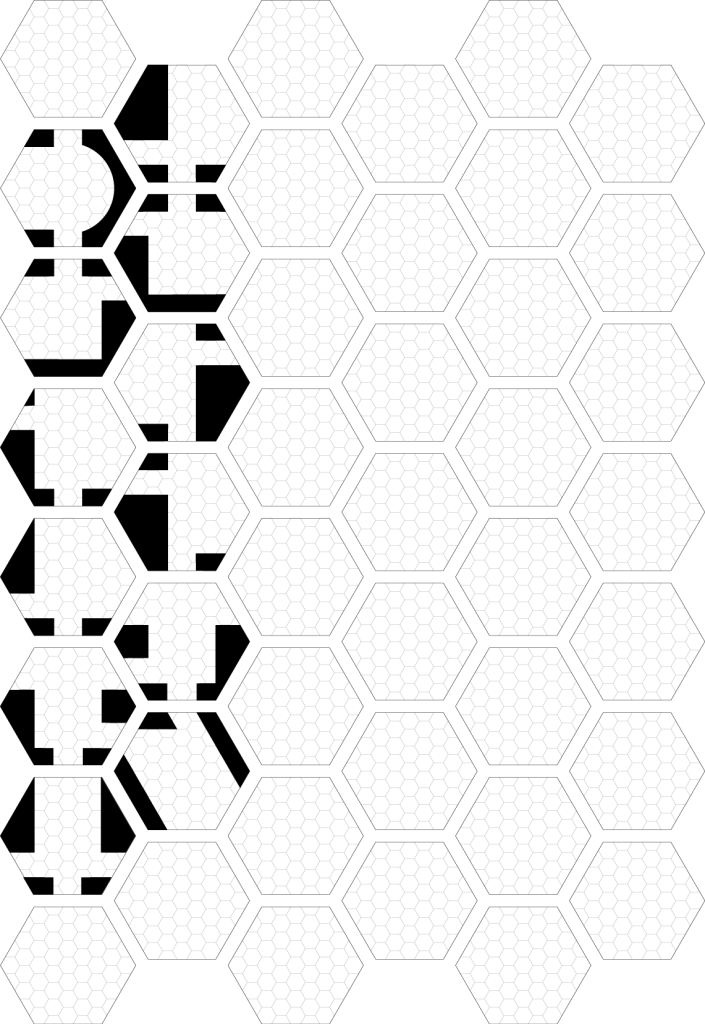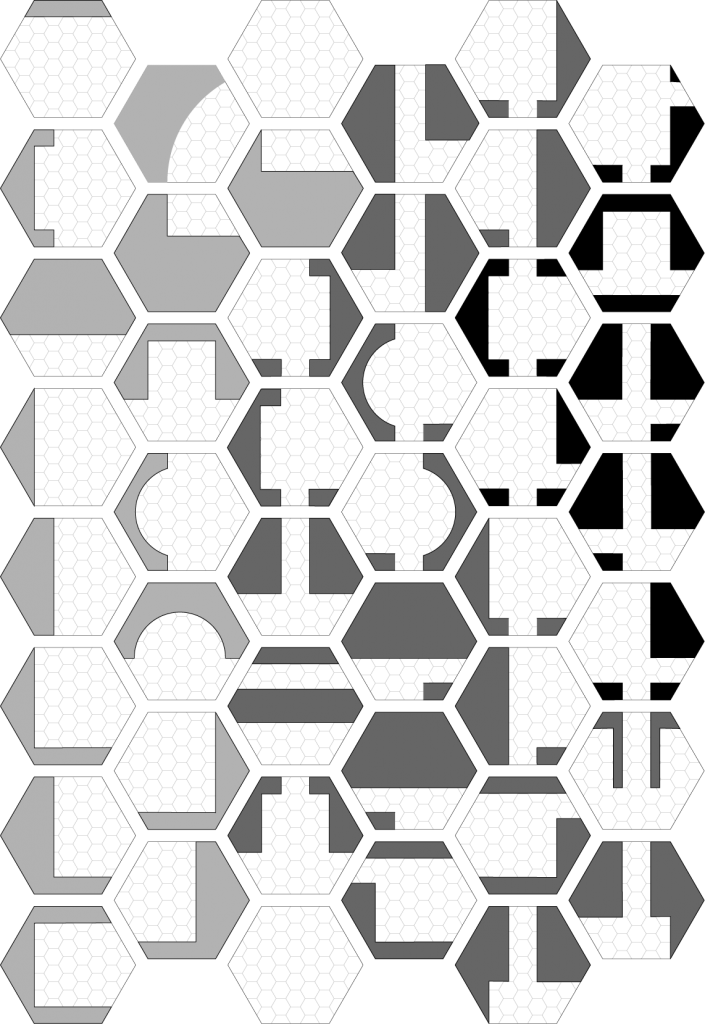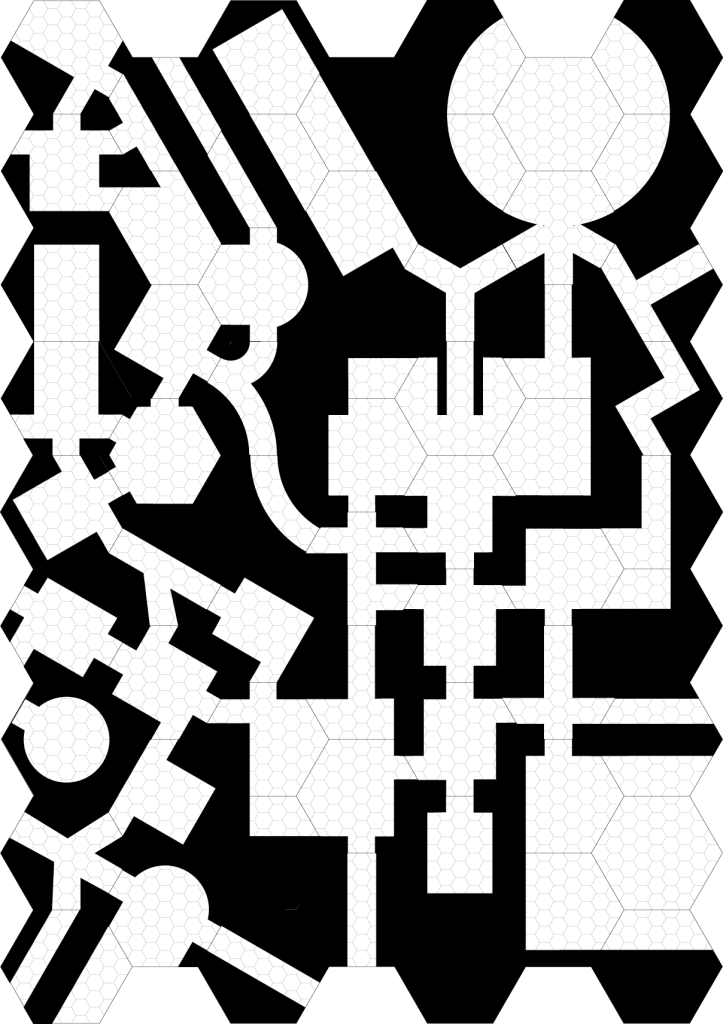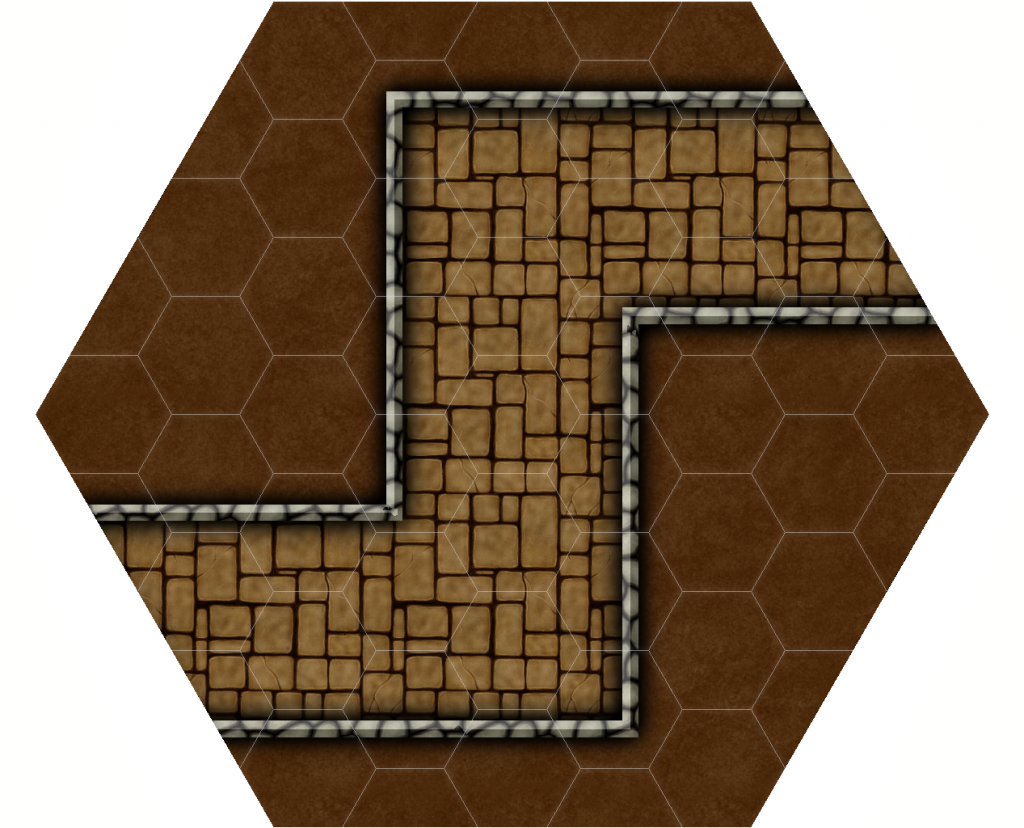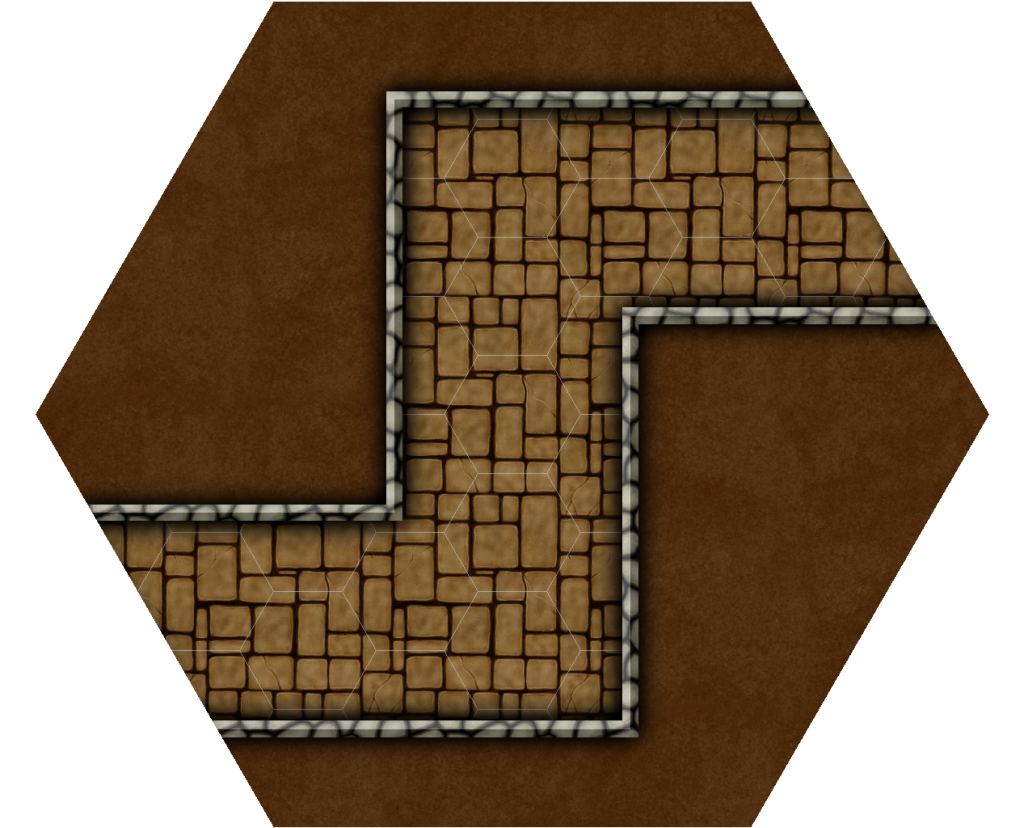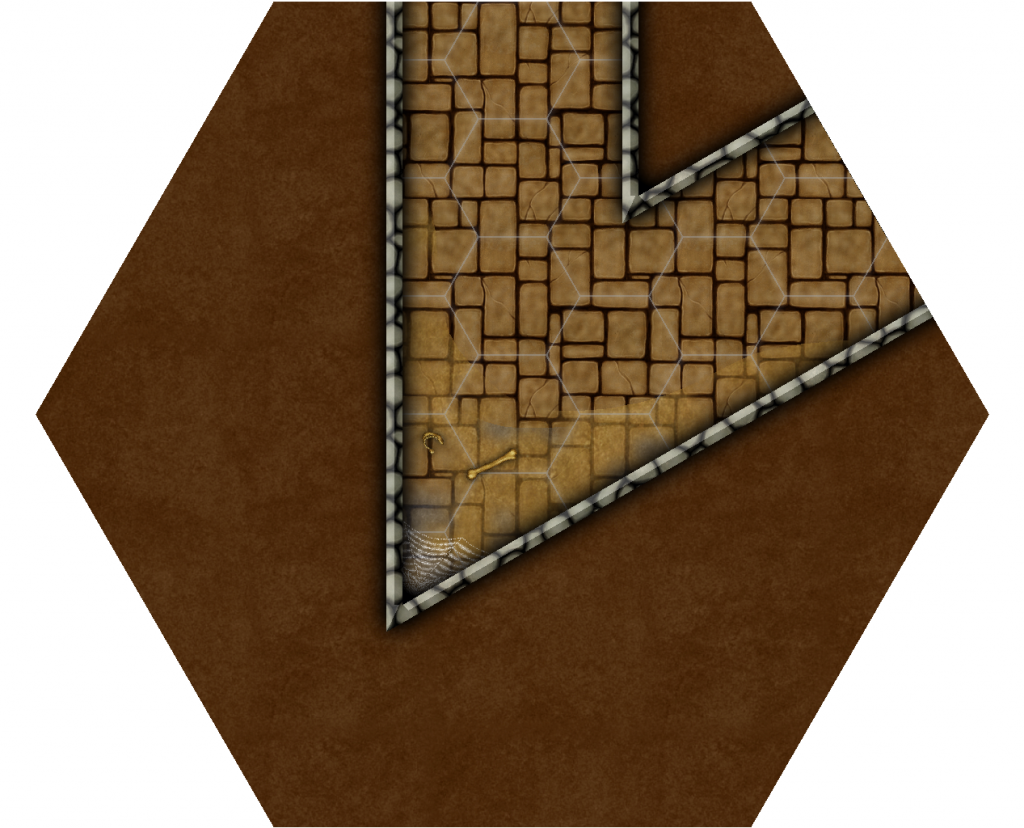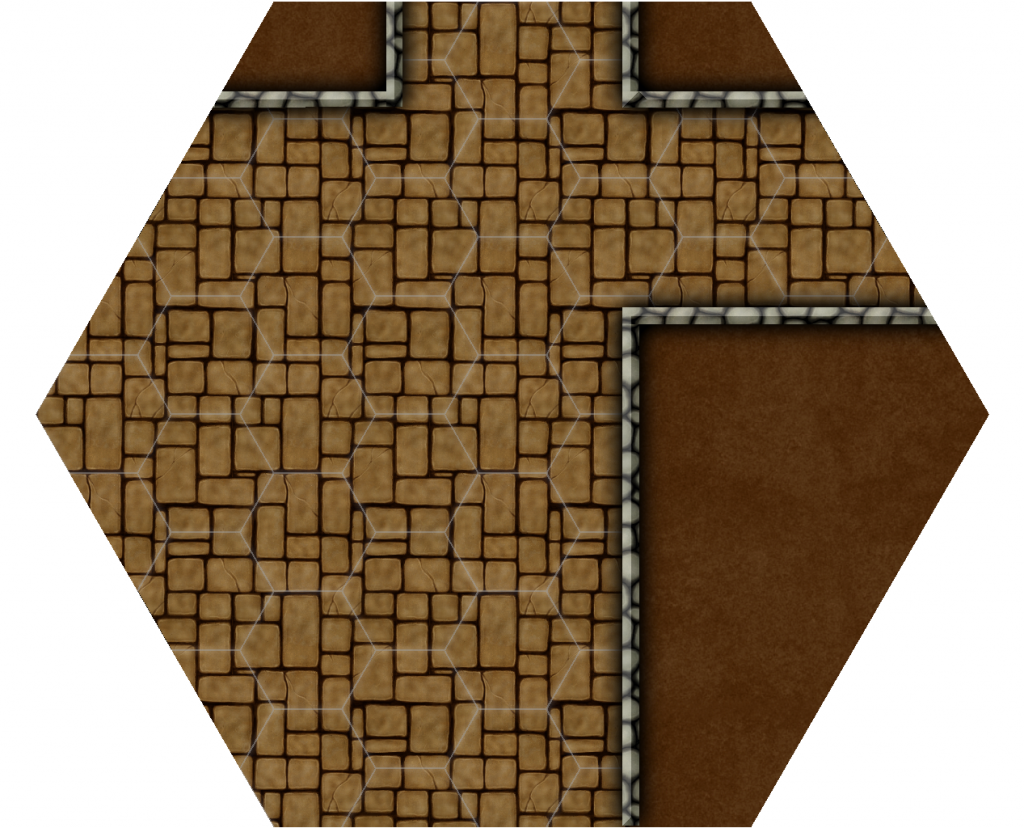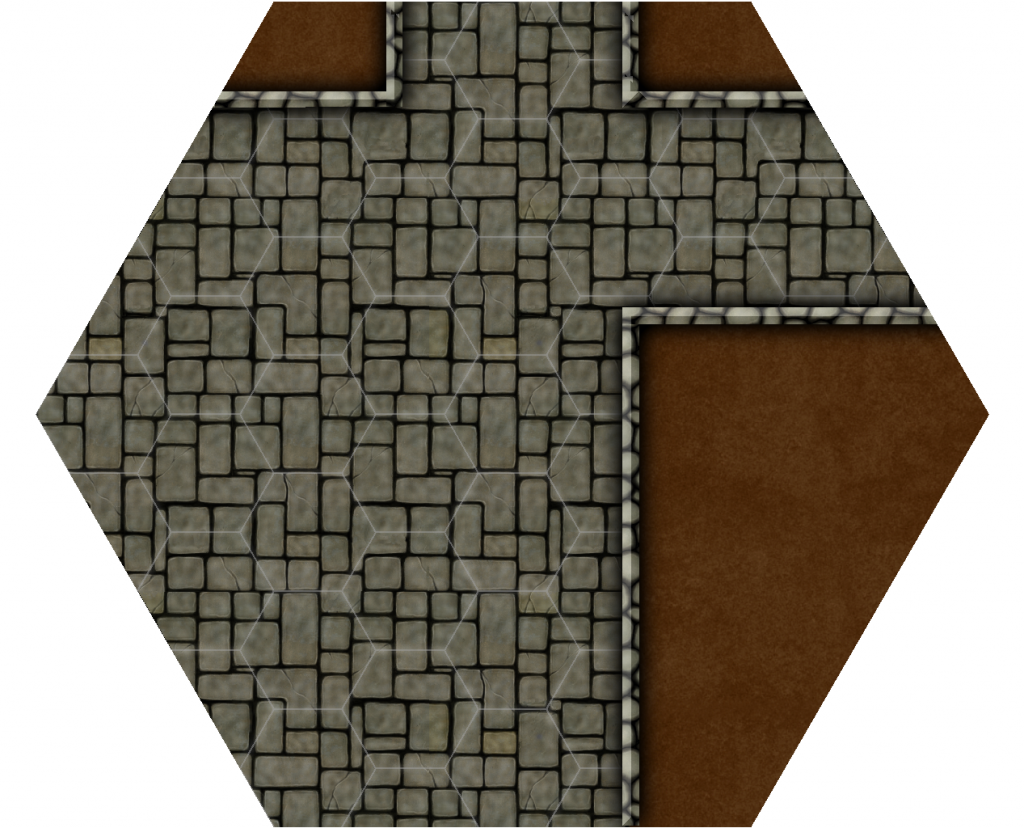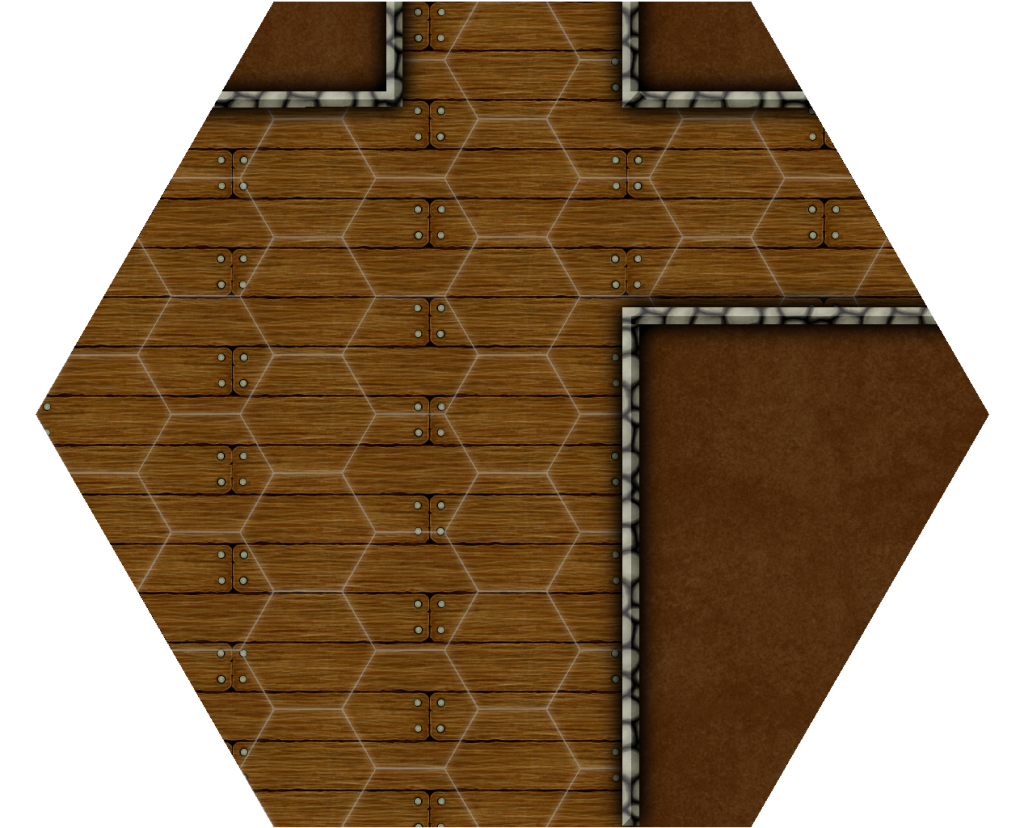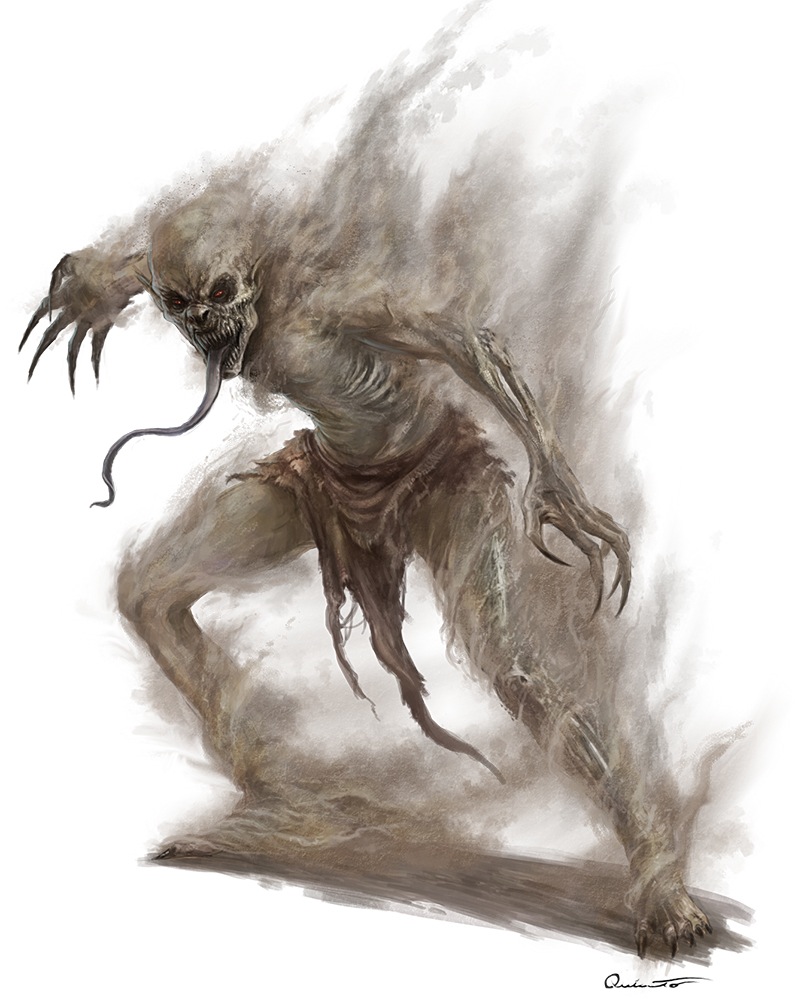
Ash Zombies can only be made from those that have died in a fire. All the surviving ash and bone fragments must be available to create the Zombie. Ash Zombies contained enough residual life force or death-aspected mana, that they can be reanimated with the Zombie spell. The Zombie will look like a person formed from ash. If the ash had blown away then the skeletal structure will be exposed. It is not uncommon to see an Ash Zombie with part of the skull or a with a skeletal limb exposed, Its also common for an Ash Zombie to have little or no skeletal structure left. Instead of the rotting smell of your regular Zombies, Ash Zombies smell of brimstone and sulphur.
What makes Ash Zombies desirable is the fact that they can be enchanted due to the fact that the ash will not rot like regular zombies and that they are almost immune to all but the hottest fires.
Ash Zombie Template -28 points
Attributes Modifiers:
ST +1 [10]; DX 0 [0]; IQ -2 [-40]; HT 0 [0]
Secondary Characteristics
Damage 0; BL lbs.0; Will 0 [0]; Per 0 [0]; FP 0 [0]; HP +4 [8]; Basic Speed 5.25 [0]; Basic Move 5 [0]
Advantages
Damage Resistance 10 – Limited (Fire), -20% [40, B47]; Doesn’t Breathe [20, B49]; Doesn’t Eat or Drink [10, B50]; Doesn’t Sleep [20, B50]; Extra Hit Points 4 [8, B16]; High Pain Threshold [10, B59]; Indomitable [15, B60]; Injury Tolerance (Diffuse) [100, B60]; Injury Tolerance (No Blood) [5, B61]; Injury Tolerance (Unliving) [20, B61]; Resistant (Immune to all Mind Control) [30, B80]; Resistant (Immune to Metabolic Hazards) [30, B81]; Single-Minded [5, B85]; Temperature Tolerance 10 [10, B93]; Unaging [15, B95]; Unfazeable [15, B95]
Disadvantages
Appearance (Monstrous, Universal) [-25, B21]; Bad Smell: -2 Reaction penalty [-10, B124]; Cannot Learn [-30, B125]; Dependency (Mana, Constantly) [-50, B130]; Disturbing Voice [-10, B132]; Fragile (Unnatural) [-50, B137]; Meta-Trait: Automaton [-85, B263]
Quirks
Sexless [-1, B165]
Features
Affected by Control Zombie, Pentagram, and Turn Zombie; No mental skills; Will not become a Skeleton.
Suffocating Embrace: Victims who fail to break free from a grapple may be enveloped into the ash body of the Ash Zombie: Roll the Ash Zombie’s effective ST 16 vs. the higher of the victim’s ST or HT; victory inflicts crushing damage equal to the margin. In addition, the victim cannot breathe
(see Suffocation, p. B436). This counts as an attack. Reach C.
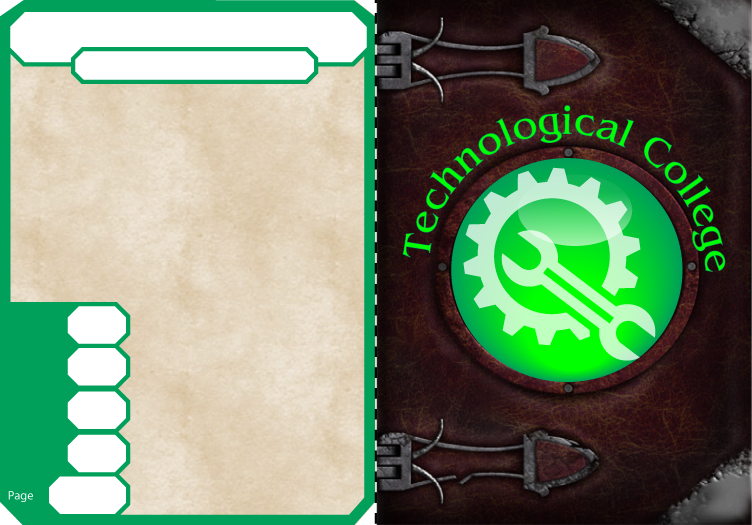 I’ve made a card for each college and one set of “Generic” Spell cards. Next up will be Psi cards, Path/Book, Ritual, Syntactic, Symbol, and Wild Magic. All but the Psi cards will probably have to have a different format for the information so they may take a little longer.
I’ve made a card for each college and one set of “Generic” Spell cards. Next up will be Psi cards, Path/Book, Ritual, Syntactic, Symbol, and Wild Magic. All but the Psi cards will probably have to have a different format for the information so they may take a little longer. You can view all the Spell Cards HERE
You can view all the Spell Cards HERE
